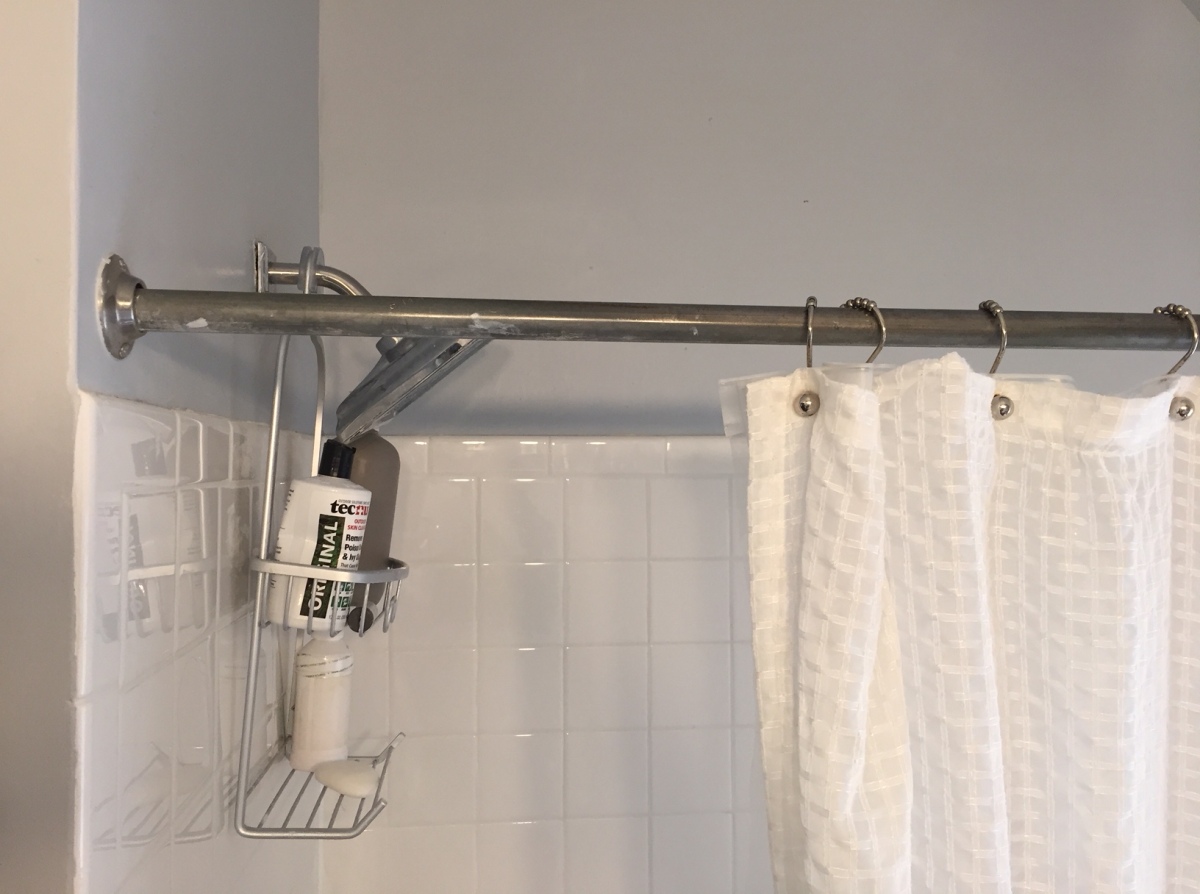I have five exes. Five medications I allowed to enter my body because I believed they would stand up for me against my nemesis, multiple sclerosis (MS).
One of my exes hurt me. One of them stood me up— then ran into trouble with the law the morning after our one-night stand. One was nice, but ineffectual. One of them transitioned to a long distance relationship, then went on the market, then made me a widow. The last ex was only effective at making me blush. I am currently unattached to any medication on the commercial market. I do have a new partner, though, one I find very satisfying. Read on.
I hooked up with Avonex in ’96. Let’s say that Avonex was like that kid who impresses all the grownups with his good looks and good manners, then insults them all behind their backs.
Avonex was my first. He caused me nothing but pain.
The day I started Avonex, my breasts were rock hard, and weeping. I had made a sacrifice for Avonex; I had weaned my sixth month old son. The Avonex needle was long, the procedure confusing. After each weekly injection, I ached all over for days. Everyone said it would get easier. I never did get used to the needle, or the muscle aches, or the joint aches, or the flu-like symptoms. Only my boobs bounced back.
Avonex and I only lasted nine months. Not my fault. I injected faithfully. Avonex didn’t hold up his end of the bargain. I had another MS attack. After all my patience, through all my pain, Avonex had done nothing to fend off MS. As soon as I got back from the hospital stay, I called it quits with Avonex. I was tired of being his pin-cushion. Cutting my ties with Avonex meant cutting off the entire Interferon family. I wouldn’t give his cousin, Betaseron, so much as a glance. Was it a clean break? No. Avonex was clingy. It took months—no—years, before I stopped feeling lingering joint pain from you-know-who. Since then, I’ve met only one girl who claimed Avonex was treating her right. I wished her good luck. Avonex just wasn’t my type.
After Avonex, I went on a series of blind dates down in New Haven in a clinical trial for rock star Tysabri. I wasn’t allowed to know if I was with the real Tysabri, or his placebo twin brother. As the lack-luster months went by, I began to suspect I wasn’t involved with the rock star I was hearing so many great things about. I sure wasn’t dancing until three in the morning, or resuming my tight rope routine. I did my due diligence, and kept making trips to New Haven for the sake of science until the study was up.
Once the Tysabri trial was over, I went for wholesome boy-next-door Copaxone. Which was better than nothing. Or so I was told. Copaxone required a shot every day. The needle was…small. The side effects were…non-existent. Copaxone wasn’t going to hurt me. But did it help me? I couldn’t tell.
I believed in Copaxone. I had hope for our future. I shot up faithfully, day after day after day. I felt sorry for other girls, stuck with fickle meds that gave them nothing but side effects. Over the years, maybe I got too complacent. Maybe I ignored a couple of symptoms I shouldn’t have, like my fingertips going all numb and tingly.
When I relapsed on Copaxone, I did not even know it. I was shocked to learn my brain had developed a black hole. Copaxone let me down gently, which made the betrayal all the more insidious. I had no choice but to call it quits.
After I dumped boy-next-door Copaxone, I wanted to go for Tysabri. The real Tysabri. The rock star. After all those precious months I’d invested with the placebo twin in the Tysabri trial, I felt I deserved the real thing.
Tysabri and I did finally hook up, but it turned out to be a one night stand. The very next day, the Feds found out about Tysabri patients who died in the trials, and the parent company yanked Tysabri off the market. Maybe I was actually lucky to have been matched with that boring old placebo. I later learned we are incompatible.
Tysabri and me were not meant to be.
Looking back, I wonder if I got benefit from any of those early exes. I relapsed on all of them. They were all expensive, with price tags of over 1k/month. Did any of those fancy boys slow down the progress of MS even a little bit? I’ll never know. Perhaps all I got out of those medications was a sense of hope. A false hope can get a girl out of bed in the morning. Which is all very nice, but a false hope can also keep a girl from looking for The One.
When Tysabri dropped out of the picture, I had a nice long cry in the shower. Then I got online to hunt for the next dreamboat. As one does. I was desperate, so I was willing to get a little kinky. The med I chose wasn’t actually being prescribed for people with MS. It was being prescribed for organ transplant recipients. But I figured it worked the way I needed it to; it calmed the immune system. I persuaded a brilliant researcher to prescribe Zenapax off-label. The next three years were our honeymoon years. I would get a monthly blast of Zenapax through IV. Whoah, baby! I never felt so alive. Like a superwoman. My relapses stopped. My body was fully functional. I knew not to take that gift for granted. I got fit. I got happy.
Then one day, Zenapax went away. The brilliant researcher had taken all the inventory in the United States to use in a study at the NIH (National Institutes of Health.) She changed his name to DAC-HYP, and changed the delivery method to sub-q. I was willing to be flexible. DAC and I had a long distance thing going for years. I would fly in to Baltimore, stay in hotels, meet up at the NIH. DAC continued to protect me from MS progression, but our relationship was not the same. With the sub-q injections, I no longer felt like a superwoman. But I stayed faithful.
When DAC finally got FDA approval, he changed his name again. He went on the market as Zinbryta. I thought that once other girls with MS got to know him, they would all be changed, like I was. That happy ending was not to be. There were rumors against Zinbryta from the start. Black box warnings. A few people died in Europe. The FDA had him bumped off. I became a widow.
I kind of wanted to stay single for a while. Play the field. I found the field was full of possibilities…that were fairly ineffectual for anyone over the age 50. Nonetheless, no one likes to see an unattached MS patient. I felt a lot of pressure to move on to the next med. My doctor fixed me up with Tecfidera.
Tecfidera made me blush. But not in a good way. My skin would go hot and fierce from head to toe. I blamed myself for my reactions—don’t we all do this, ladies, when we are in a bad relationship? I thought maybe I should remember to take Tylenol. Or maybe eat more fat. Or maybe I should….
When Covid struck, I though maybe I should dump Tecfidera. Maybe I didn’t need any interference in my already complicated immune system.
For the last year, I’ve been practicing Qigong. It’s good medicine. And it doesn’t favor younger women. The only side effects so far have been health and happiness. And here’s the wild part. My husband has gotten into practicing Qigong alongside me every night. We’ve got a threesome going on.
p.s. My thanks and praises for this illustration goes to artist Robyn Singerman, TA for my Artist as Writer class this semester.



